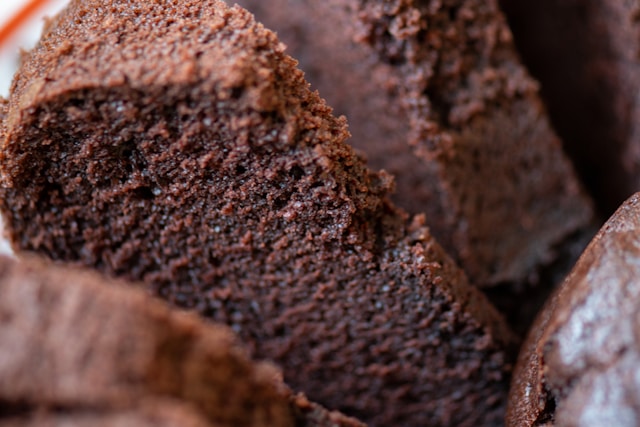Belgian researchers warn that the molecules giving chocolate its enticing aroma may pose health risks in excessive quantities. These compounds, while responsible for the beloved taste, could potentially harm DNA when combined with other sugary treats.
High concentrations of furan-2(5H)-one carbonyl unsafe
The recent study in the Journal of Agricultural and Food Chemistry revealed that while chocolate has safe levels of certain molecules known as α,β-unsaturated carbonyls, baked goods such as crepes and cakes contain significantly higher concentrations of a concerning carbonyl called furan-2(5H)-one.
Carbonyl compounds are produced during the roasting process of cocoa beans and undergo reactions with various components under elevated temperatures. Although most of these compounds are deemed harmless, furan-2(5H)-one poses a potential genotoxic risk, potentially leading to DNA damage upon ingestion. This particular compound has already faced regulatory measures owing to safety apprehensions.
In order to comprehensively grasp the origin of these carbonyls and assess potential health implications, the investigators executed a series of experiments and collected samples from diverse chocolates and confections.
How scientists attained the breakthrough
Initially, they synthesized chocolates within the laboratory environment, meticulously examining them throughout every phase of production. Their scrutiny revealed the emergence of carbonyls during the roasting of beans and subsequent incorporation of cocoa butter, yet they concluded that these compounds persisted within acceptable thresholds in the finished chocolate goods.
Afterwards, they acquired 22 distinct commercially prepared baked items, such as crepes, waffles, cakes, and cookies – varying in chocolate content. Through analysis for 10 different carbonyl compounds, they identified reduced concentrations of nine compounds in comparison to their in-house produced chocolates.
Furan-2(5H)-one exhibited significantly elevated concentrations in both crepe and cake samples, reaching up to 4.3 mg/kg of food. This surpasses the suggested intake limit of 0.15 micrograms per individual daily for genotoxic compounds, indicating a potential breach of safety standards with consumption of these baked products.
Remarkably, the observed levels did not demonstrate a direct correlation with the chocolate content, implying a probable formation of this carbonyl during the baking procedure. Further investigation is warranted, yet this study provides crucial understanding regarding the emergence of such compounds across diverse food items.


